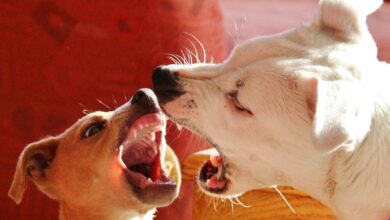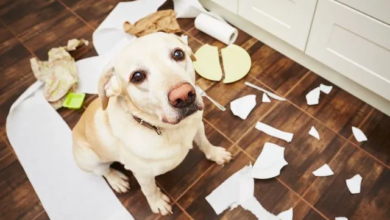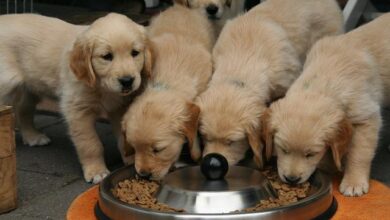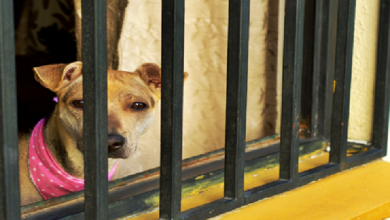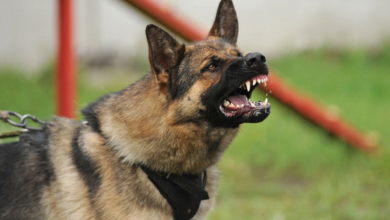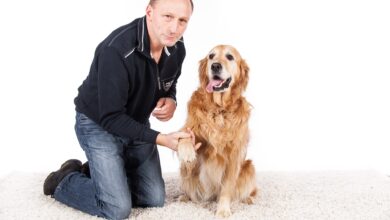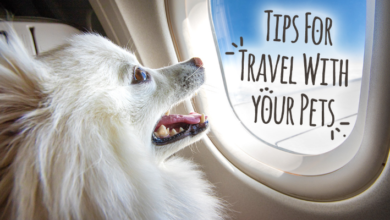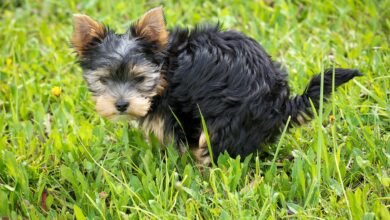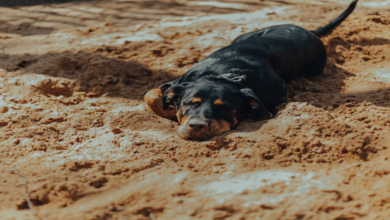10 Odd Dog Behaviors and What They Actually Mean
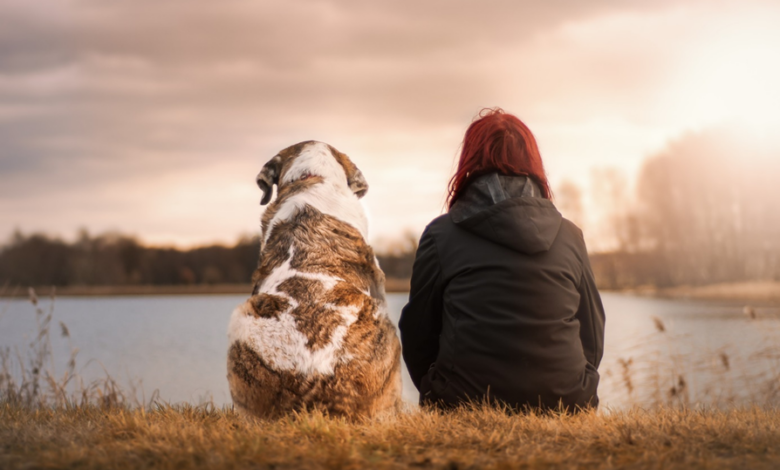
10 Interesting Dog Behaviors Finally Explained
1/ Why dogs circle before pooping
By spinning in circles before relieving themselves, your pup ensures there are no predators like snakes hiding in the grass.
Scent marking their territory is another reason why dogs circle before they eliminate. Dogs have scent glands on their paws. When they’re spinning and stepping all over the grass before doing their business, they are actually leaving messages to other dogs.
Dogs also prefer to poop along the earth’s north-south axis.
2/ Why dogs take your spot
Have you ever gotten up from your seat and returned to see your pup curled up in your spot? Dogs often steal your seat because they enjoy the scent and warmth you leave behind.
Dogs have a pack mentality, so they enjoy sleeping in warm piles with their family.
3/ Why dogs lick each other’s private parts
Not only do dogs smell things out of curiosity, they taste and lick things to learn more about their surroundings.
When you see a dog licking another dog’s private parts, they are simply getting to know that other dog.
Dogs also lick each other’s private parts to practice good hygiene with their friend. Grooming is a sign of affection, and it indicates the two dogs are getting along and like each other.
This practice is commonly referred to as “dog social grooming.”
4/ Why dogs sleep with open eyes
Some dogs sleep with partially open eyes.
When a dog sleeps with open eyes, what you are actually seeing is their third eyelid, rather than the surface of the eyeball.
This pink-colored membrane sweeps away any dust or debris from the eyes and keeps the eyeball moist.
5/ Why dogs smell people’s crotches
The crotch area has a certain type of sweat glands called apocrine glands, which produce chemicals that convey social information. These chemicals are called pheromones. Pheromones carry all sorts of information about the age, health, and mood of the individual. When dogs smell a person’s crotch, they are trying to gain information about that person.
Likewise, when a dog sniffs another dog’s behind, they are trying to gain information about the other dog. Dogs have glands in their rear end that release chemicals that tell a lot to other dogs. Unneutered male dogs are particularly known for being avid sniffers when searching for a mate because they want to know if a female is pregnant or ovulating.
6/ Why dogs expose their belly to you or other dogs
Belly-exposing behavior in canines usually indicates trust and acceptance.
A dog may also use this submissive display as a way to avoid confrontation. In the wild, our canines’ wolf ancestors would adopt this submissive posture to diffuse social tension by showing that they’re not a threat. To know if a belly-exposing behavior is out of trust or appeasement, look at a dog’s whole body. Dogs who feel safe around you will show loose, wiggly body posture with relaxed, wagging tails. By contrast, dogs that exhibit submissive behavior will crouch in a rigid posture or display tense body language.
7/ Why dogs follow you everywhere
There are reasons behind a dog’s clingy behavior.
One reason your dog wants to stay close to your side is positive reinforcement. If every time you are with your pup, they get affection or treats, they’re likely to follow you around more often.
And remember, young puppies who are less than 6 months old recognize you as a parent or other object of trust, and they imprint you as they would their mother. Of course, a dog’s desire to follow us is also an expression of loyalty and love.
8/ Why some dogs display aggressive behaviors when they are on leash
You’re starting to enjoy walking your dog. He explodes and starts barking and lunging at other people or dogs. Trainers call this problem “Leash reactivity.”
Leash reactivity is often rooted in fear and insecurity. Off-leash, a dog can run away, but on-leash, a dog is trapped and has to act aggressively to protect himself. This is because the leash doesn’t allow them to escape from the thing that’s upsetting them.
And remember, when dogs learn that displaying aggressive behavior works in deterring a threat, they are likely to keep repeating the behavior. The second common cause of reaction is frustration.
Some dogs pull and bark on leash when they want to play with another dog.
9/ Why dogs pant
More often than not, dogs pant to cool themselves down. Dogs may also pant when they’re feeling stressed or anxious. You often see this type of panting during visits to the vet when you scold them.
10/ Why dogs eat snow
More often than not, dogs eat snow because they are thirsty. Winter brings very dry air, and dogs lose a lot of body water through breathing. In fact, before dogs were domesticated, their ancestors in colder climates often had to rely on eating snow to hydrate.
Dogs also nibble on snow because they simply like it. Snow is soft, fluffy, and hard to catch, and dogs find it fascinating.
